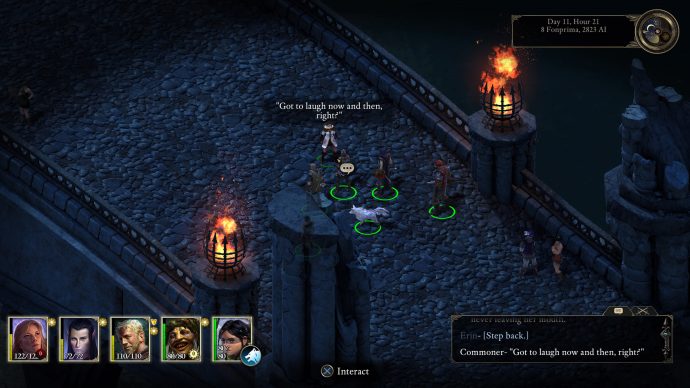

The classic adventuresome duo, Adol and Dogi, arrive in the harbor of Altago City, and quickly find themselves in a scuffle with the Dragon Knights, the kingdom's military police body, when attempting to save a local girl from harassment by one of their commanding officers. The kingdom of Altago is rebuilding their kingdom around a newfound peace after years of war against the merciless armies of Romn. The series' staple strategic turn-based system with unmatchable customization has been taken even further with all new arts, crafts, upgraded orbments, and combo attacks.įalcom's celebrated Sound Team jdk returns with 44 tracks to underscore the tumultuous resolution of one of the most moving and expansive JRPGs ever created. The meticulously detailed land of Liberl awaits your return with new quests, new mini-games, new collectibles, and new and familiar locations to explore populated by hundreds of unique NPCs with their own stories to tell. Partner up with either Schera or Agate on over 70 hours of core gameplay to thwart the growing evil that threatens Liberl.

The tale of Estelle and Joshua concludes in this engaging narrative twice the size of its predecessor. Clutched in the girl's hand was the one thing he left for her to remember him by: a harmonica.

During that same night, a boy who vowed to make amends for his past disappeared before the girl he loved.
#2d rpg games list full
Bounding volume collision detection with THREE.The coup d'état that threatened to shake the foundation of the Liberl Kingdom has now come to a close and Her Majesty the Queen's birthday celebrations are in full swing throughout the streets of Grancel. Building up a basic demo with Pla圜anvas. Building up a basic demo with Babylon.js. Using WebRTC peer-to-peer data channels. An alternative method would be to split the tilemap into big sections (like a full map split into 10 x 10 chunks of tiles), pre-render each one off-canvas and then treat each rendered section as a "big tile" in combination with one of the algorithms discussed above. In fast games that might still not be enough. That means that the map only needs to be redrawn on canvas when the scrolling has advanced one full tile - instead of every frame - while scrolling. A better way would be to create a canvas that is 2x2 tiles bigger than the visible area, so there is one tile of "bleeding" around the edges. One way consists of drawing the section that will be visible off-canvas (instead of the entire map.) That means that as long as there is no scrolling, the map doesn't need to be rendered.Ī caveat of that approach is that when there is a scrolling, that technique is not very efficient. Of course, if the map is large this doesn't really solve the problem - and some systems don't have a very generous limit on how big a texture can be. One simple technique consists of pre-rendering the map in a canvas on its own (when using the Canvas API) or on a texture (when using WebGL), so tiles don't need to be re-drawn every frame and rendering can be done in just one blitting operation. The first approach, as discussed above, is to only draw tiles that will be visible. Usually, some techniques need to be implemented so scrolling can be smooth. The tile atlasĭrawing scrolling tile maps can take a toll on performance. Think about any game that uses regularly repeating squares of background, and you'll probably find it uses tilemaps. Some popular games that use this technique are Super Mario Bros, Pacman, Zelda: Link's Awakening, Starcraft, and Sim City 2000. This set of articles covers the basics of creating tile maps using JavaScript and Canvas (although the same high level techniques could be used in any programming language.)īesides the performance gains, tilemaps can also be mapped to a logical grid, which can be used in other ways inside the game logic (for example creating a path-finding graph, or handling collisions) or to create a level editor. 
This results in performance and memory usage gains - big image files containing entire level maps are not needed, as they are constructed by small images or image fragments multiple times. Tilemaps are a very popular technique in 2D game development, consisting of building the game world or level map out of small, regular-shaped images called tiles.








 0 kommentar(er)
0 kommentar(er)
